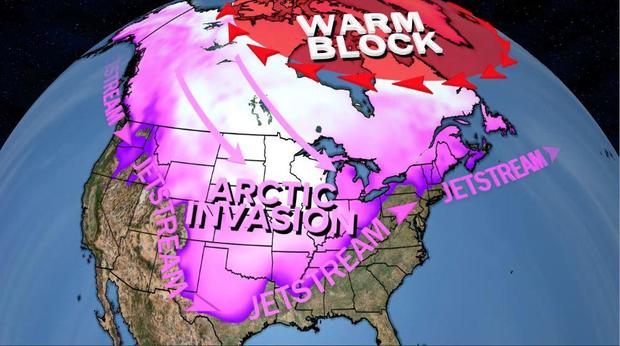
People who make less than $30,000 have lost their jobs at higher rates during the pandemic, and struggle to find new ones, a new analysis shows — even as higher earners have seen their job prospects recover.
Employment for lower-wage workers remains 14% below pre-pandemic levels and is trending downward, according to the Federal Reserve Bank of New York analysis, as President Joe Biden and others warn of a so-called “K shaped” recovery where a portion of the American workforce gets left behind even as others see a rebound. Employment for high-wage workers is now slightly above its level from when the pandemic first hit nearly a year ago.
“The American people are hurting,” Biden said in an Oval Office meeting Tuesday with business leaders to discuss his “American Rescue” plan. “A lot of people are in real, real trouble.” He argued they need to move quickly on both getting the virus under control and addressing the economy.
Low-wage workers, the analysis found, are people who typically earn less than $30,000 a year and work in jobs such as food servers, cashiers, home health aides and childcare workers. High-wage workers include those who earn more than $85,000 a year in professions such as lawyers, software developers, engineers and other business executives.
Employment for workers in the middle — those earning between $30,000 and $85,000 per year — was also slightly below pre-pandemic levels from a year ago.
Lawmakers working to pass another round of COVID-19 relief measures are discussing a proposal that would change the income limits for people eligible to receive stimulus checks. In past rounds, individuals who made less than $75,000 and couples who made less than $150,000 received the full amount, but some lawmakers are pushing to lower the bar..
Nearly a year into the pandemic, millions of people are unemployed and in-person activity remains severely limited to help stem the spread of the virus as officials slowly distribute vaccinations.
According to the new study, part of what is contributing to the employment gap between high and low wage workers is the ability of high-wage workers to work from home. The analysis found, on average, nearly 60% of workers in the high-wage group reported being able to telecommute during the pandemic, but less than 10% of lower-wage workers could work from home.
The study finds more low-wage workers voluntarily or involuntarily leaving jobs to stay home than high wage workers — who may not have had to risk going in to work during the pandemic. Part of the Federal Reserve Bank of New York’s latest findings examined cell phone data to identify workers who continued to commute to work during the pandemic versus those who were able to stay home. It showed a greater decline in commuting for higher income counties.
The cellphone location data also suggests workers in counties with more people of color transitioned to working from home later than in counties with smaller minority populations, where workers began to work from home before the shutdowns began.
Meanwhile, majority-minority counties also saw a return to work at higher levels than other counties, indicating they rely on jobs where they were less likely able to work from home.
This comes as COVID-19 in the United States has proven to have a disproportionate impact on Black and Hispanic workers, suggesting the inability to work from home rather than commute to work contributed to higher levels of COVID-19 vulnerability.
Participation in the workforce fell more dramatically for Black workers at the beginning of the pandemic, and the recovery for Black workers has continued more slowly. The analysis found while the Black-white unemployment gap has narrowed as of the end of the year, the rate of Black workers not participating in the workforce remains higher.
The income and racial gaps in the workforce and uneven recovery have been something Biden administration officials have warned about now for months.
Speaking last week with Black Chambers of Commerce, Treasury Secretary Janet Yellen warned economic crises hit people of color “harder and longer” and push the country further toward inequality.
“I’m worried that the current crisis will do this again,” said Yellen. “In fact, I know it will unless we act.”

